Planting an Herbal Tea Garden that Thrives in Zone 3
Growing your own tea in an herbal tea garden is smart for your health and smart for your garden. You don’t have to buy herbal tea in those expensive packages where the tea costs more than $35 per pound. Instead, when you grow your own, you can have a limitless supply for free. Plus the herbs you grow yourself are more potent and health promoting than any herbs that come from afar. But how can you grow an herbal tea garden if you live in zone 3, with cold winters and a shorter growing season than most folks? Let me show you.
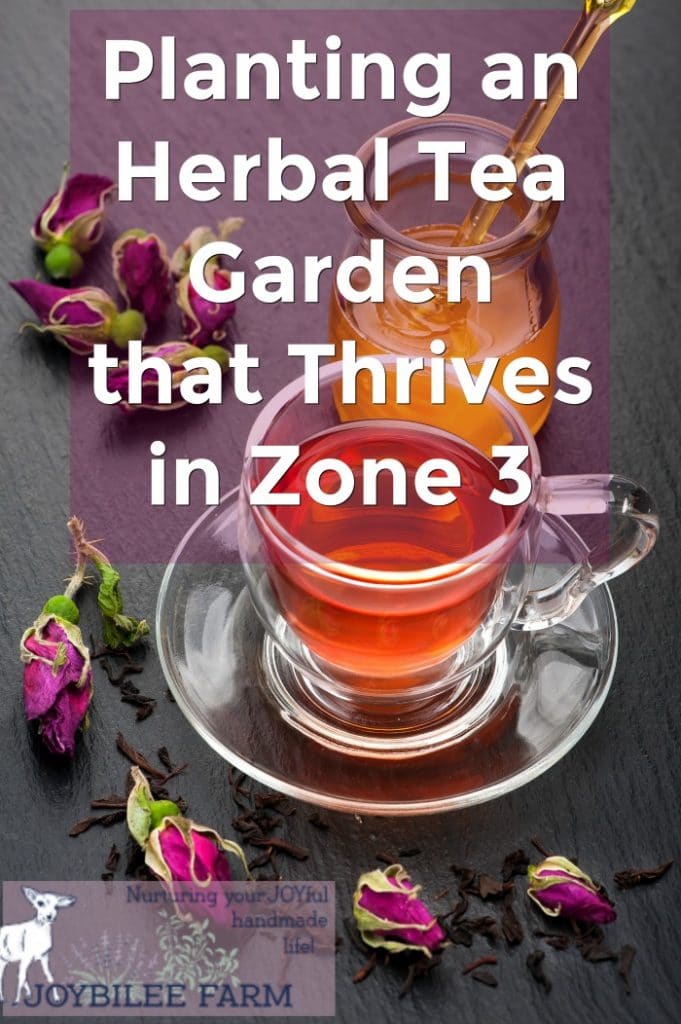
Why you should grow your own herbs for tea
- Buying herbal tea in individually portioned tea bags is a very expensive way to purchase herbs.
- Herbal tea in tea bags has less tea than a therapeutic amount in each tea bag. You’d have to use 5 chamomile tea bags to get enough chamomile tea to actually calm frazzled nerves or an upset stomach.
- When you grow your own tea you save on packaging and transportation/carbon inputs.
- By growing your own tea you avoid packaging waste.
- Homegrown herbs, including tea herbs, are more potent than the herbs you can buy in the store or online.
- The herbs you grow for tea attract pollinators to your garden
- The herbs you grow for tea help your vegetables grow better through companion planting.
- Homegrown tea is organic, if you garden organically, you don’t need fancy certification.
- Many herbal tea plants are perennials so you plant them once and harvest them for years.
- You get to choose the flavours and varieties you enjoy best.
- You can be creative and try unusual combinations of flavours.
- You can sell or gift your surplus herbs and herbal tea to friends and family.
- You can share your herbal tea plants with friends each spring when you divide perennials. Growing herbal tea together builds community and increases the good impact you can have in your world.

Advantages of choosing perennial herbs
Many herbs that are traditionally used to make herbal tea are perennial herbs. They are planted once and then you get to enjoy them for years. They are low maintenance after the first year, once they are established.
Perennial herbs attract beneficial insects to your garden.
They are some of the first plants to start growing in the spring, and often provide pollen and nectar for pollinators earlier in the season than annual herbs and flowers.
Perennial herbs can be used as companion plants to fruits and vegetables growing in your garden. They can stimulate the growth of other plants and protect them from pests.
Perennial herbs have extensive rooting systems that mine nutrients from the soil and accumulate them in their leaves and flowers.
Perennial herbs can be divided seasonally to create more plants. These extra plants can then be used to increase your supply of herbal tea, or the plants can be shared with friends.

Perennial herbs to plant in an herbal tea garden
A perennial is a plant that comes back year after year, from the same root system. You plant it once, and it may go dormant during the winter, but it regrows from the same root. In zone 3, many herbs that are perennial in other hardiness zones are treated as annuals here. The following herbal tea perennials can be successfully overwintered in zone 3, provided that you get reliable snow cover. Lemon balm and sage are considered zone 4 plants but with reliable snow cover, they can come through a zone 3 winter unscathed.
- Leaves from Peppermint, Spearmint, with many flavours to choose from like apple mint and chocolate mint.
- Leaves from Lemon Balm
- Flowers and berries from Elderberry
- Leaves from Sage
- Flowers from Lavender
- Flowers and hips from Rose
- Leaves and flowers from Bee Balm / Monarda
- Flowers, leaves and roots from Echinacea
- Leaves from Catnip
- Flowers from Red Clover
- Flowers from Linden
- Leaves from Motherwort
- Roots and leaves from Marshmallow
- Roots from Burdock
- Leaves and flowers of Fireweed
- Leaves and flowers of Goldenrod
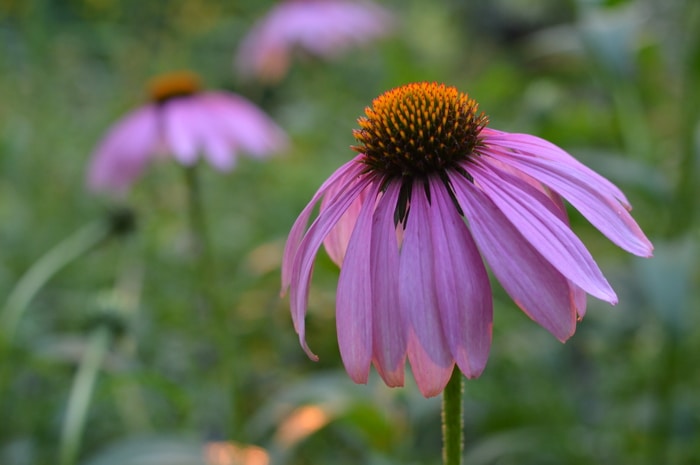
Many mint plants spread by underground runners. These can trespass in other parts of the garden and appear as if the mint is invasive. The mints can be contained by adding a root barrier to the planting area. A root barrier can be something as simple as a well used footpath or as eleborate as a raised bed with sides that extend into the ground 6 to 8 inches. In reality, the mints are no more invasive than other plants that spread by seed. In the zone 3 gardens, these prolific plants can be a friend.
If your perennials get leggy and unattractive, chopped them just above a leaf node and they will branch out and become bushy. Chopped leafy stalks can be bundled and dried for tea. If you already have enough tea harvested for the season, they can also be chopped and dropped to add fertility to other areas of the garden.
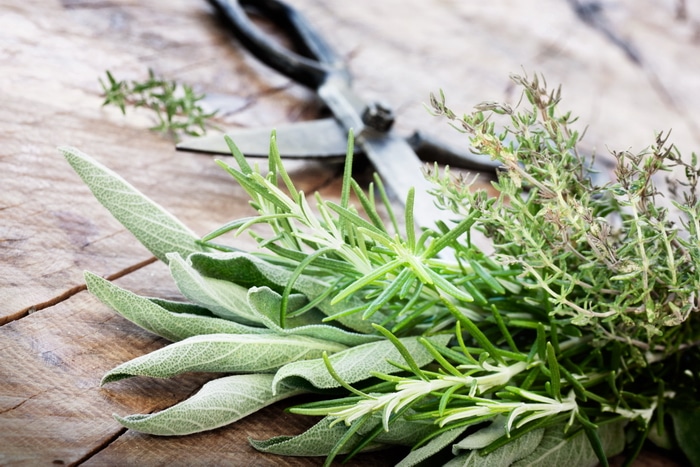
Annual Herbs that make good herbal tea
Annual herbs are plants that must be planted with seed every year. In zone 5 many of these herbs will set seed and might even self-sow, spread their own seed around for next year’s herbal tea garden, in zone 3’s shorter season you may not see seed maturing without assistance from you. Annual plants that self sow are a boon to the herbal tea garden.
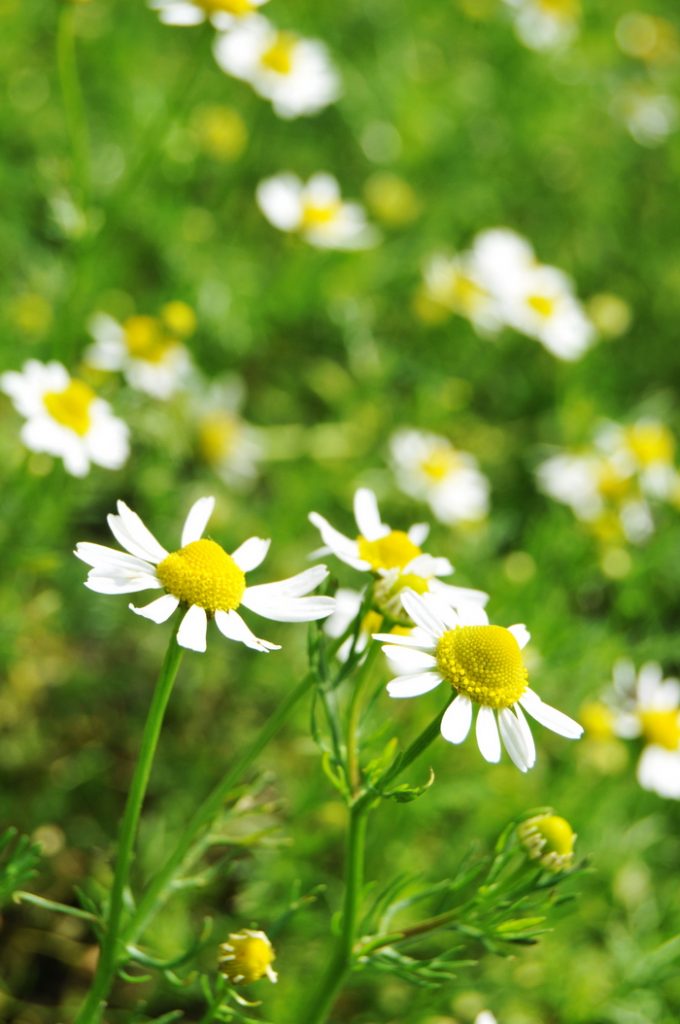
- Flowers of Chamomile
- Leaves of Tulsi or Holy Basil
- Flowers of Calendula
- Seeds of fennel or dill
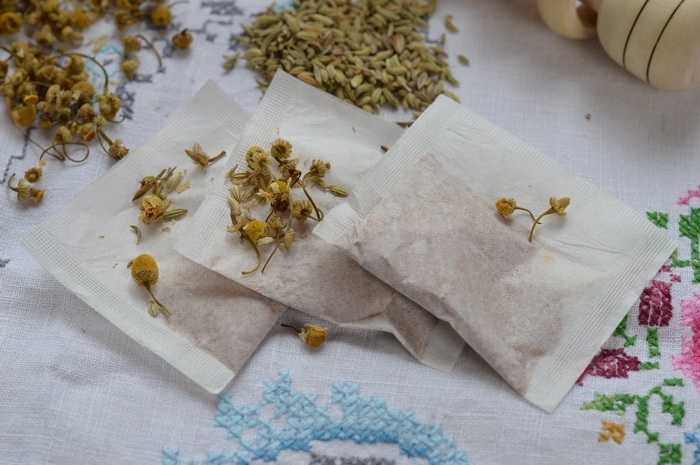
Annual herbs can be planted in the herbal tea garden as soon as all danger of frost is passed. Calendula and fennel will continue to supply tea ingredients until the killing frost. Tulsi is a tender annual and should be protected from cold temperatures in zone 3. It may be planted in a container and moved indoors in the fall in zone 3.
Where to get plants to begin your herbal tea garden
Many perennial herbs can be found at your local garden center. Some of the harder to find medicinal herbs are available at Richter’s Herbs, an Ontario medicinal herb nursery. They ship internationally with a phytosanitary certificate. Richter’s is also a great source for medicinal herb seeds.
Bakercreek seeds are another one of my favourite sources of hard to find herbs, flowers, and vegetables.
But before you spend money on seeds or perennials, check your local farmer’s market or even ask your neighbours. Spring is the time of year many gardeners divide their perennials and you might just find a friend looking to rehome some herbal tea plants. This is how I got my start with echinacea, after several failed attempts to establish a plot with seeds.

A few other posts that might interest you:
When to Harvest Herbs for Strongest Potency



I often have insomnia. Which kind of herbal tea should I use to reduce it?
Valerian, skullcap
I am in zone 5b, rocky ford co.
I know colder zone 3 is not necessarily zone 5b successful. Perrenial herb suggestions for my full sun at 105 degrees andccshade, semi shade??
Thank you for the article Chris.
So glad I found this website! My town is zone 3a, and I just moved into a house with a big beautiful backyard. I’ve never gardened before but I’m looking forward to dipping my toes in the gardening world. My son got an herb garden starter kit from his grandparents, it’s going to be so much fun learning together.